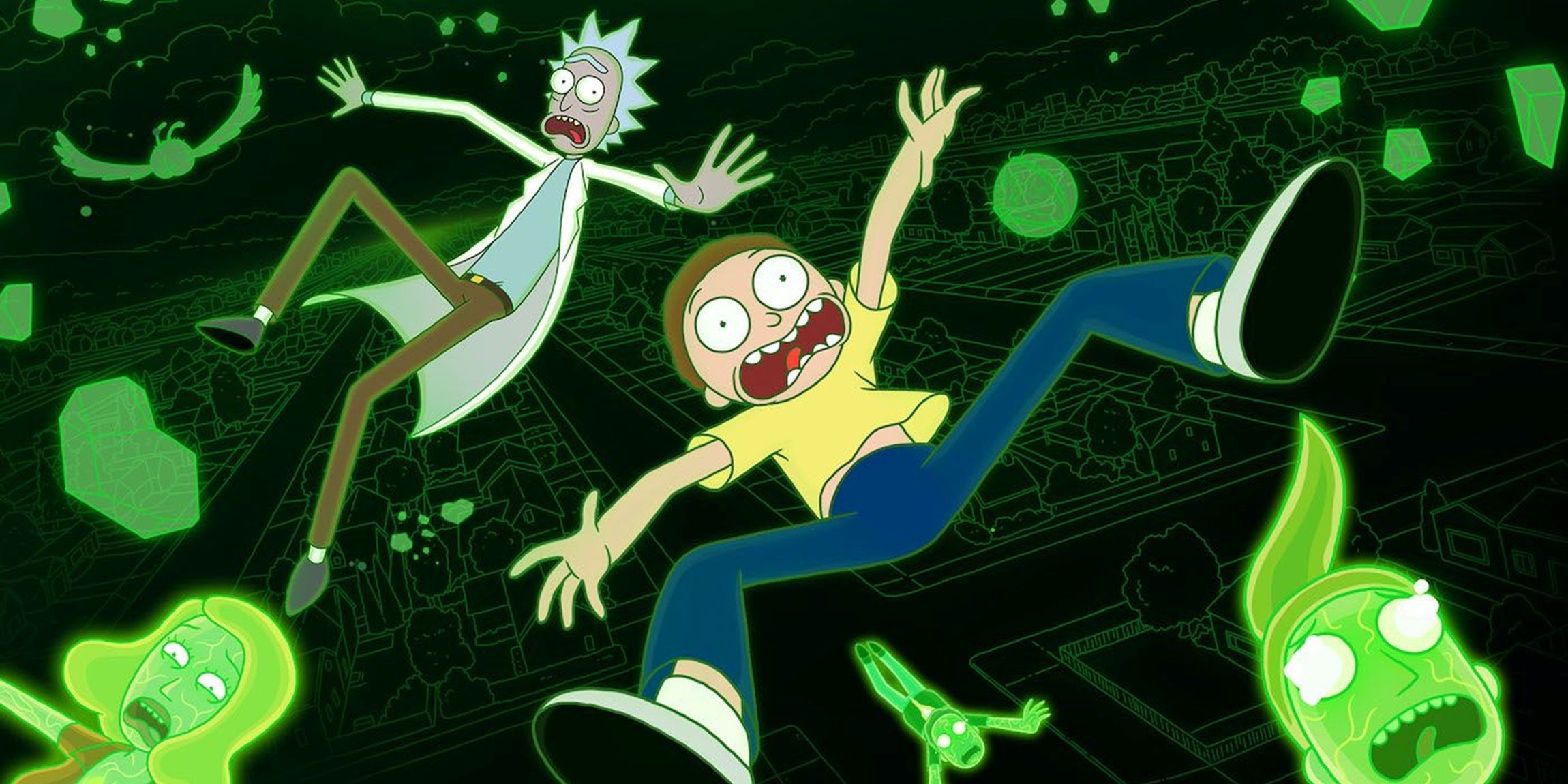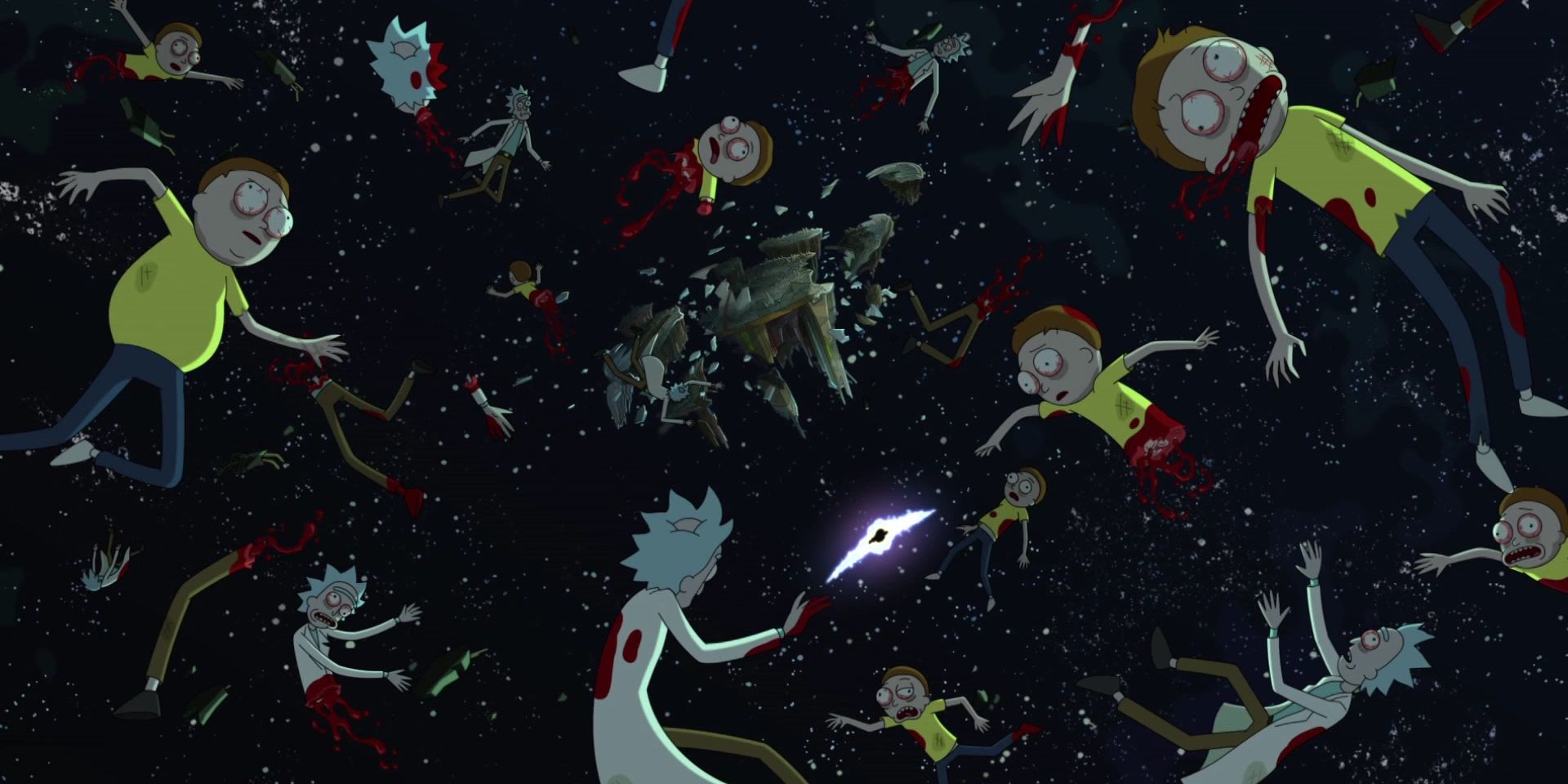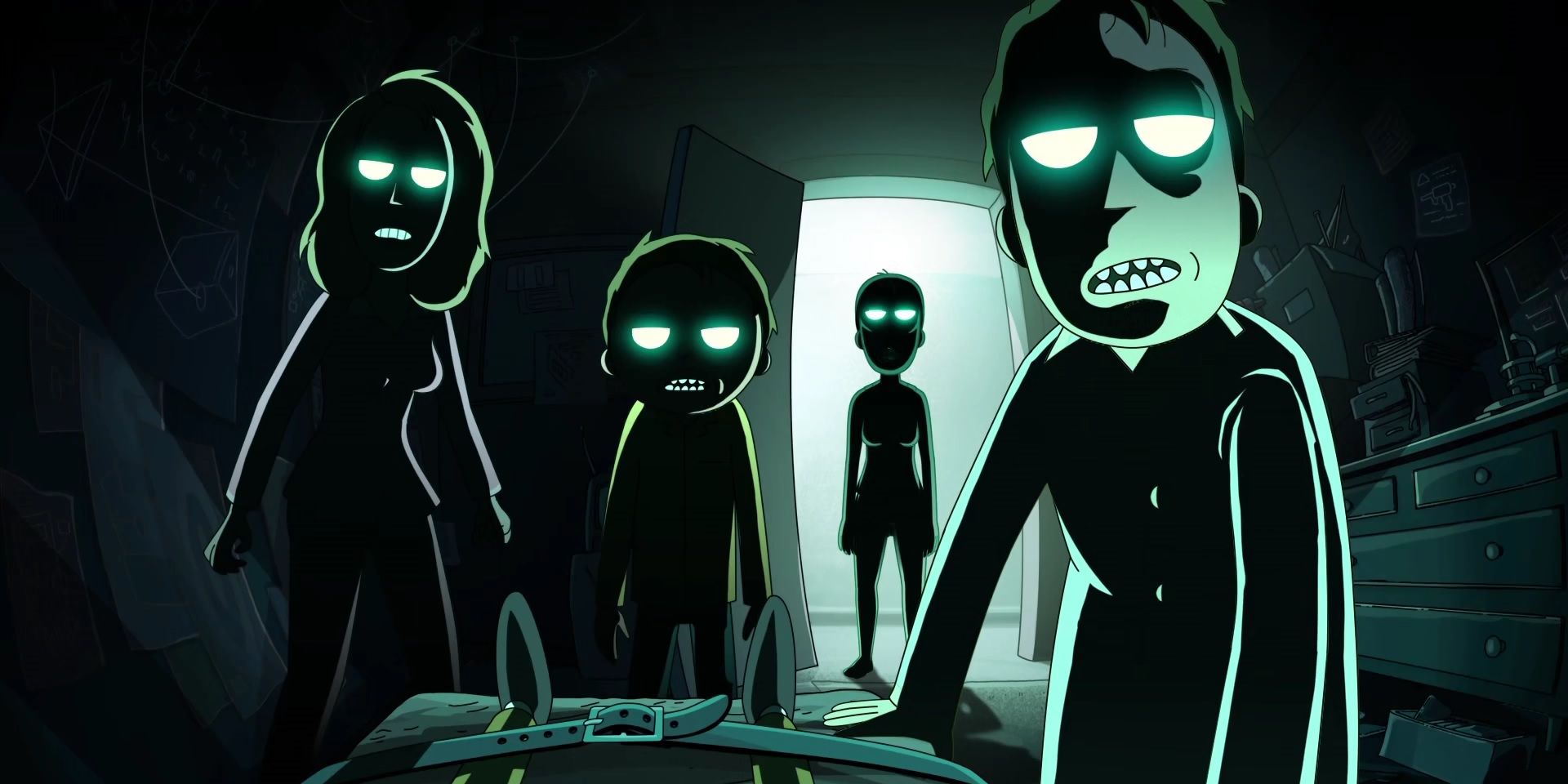The sixth season of Rick and Morty is currently on hiatus. After “Juricksic Mort” aired on October 9, the show took a break that will end on November 20 when Adult Swim airs the first of the final four episodes of the season. And November 20 can’t arrive quickly enough, because the first six installments of this season marked a refreshing return to form. From the multiversal madness of the premiere episode to the horror-themed sleepwalking episode to the most meta Die Hard parody ever made, Rick and Morty hasn’t been this consistently great since the early days.
Way back in 2013, Rick and Morty burst onto the scene as one of the most unique and inventive animated shows on the air. Its twisty, complex storytelling deftly combined relatable everyday situations with mind-bending sci-fi concepts, all tied together with a healthy dose of dark humor and sharp self-awareness. Back in the first couple of seasons, every single episode was a knockout. Classics like “Total Rickall,” “Rick Potion #9,” and “Meeseeks and Destroy” nailed the blend of crude comedy, thought-provoking sci-fi, and existential dread that made Rick and Morty such a zeitgeist-capturing delight.
Around its fourth season, the show’s winning streak came to an end as it became just as hit-and-miss as the average TV comedy. For every “The Vat of Acid Episode” (the one where Rick gives Morty a “save point” remote), there was a “Claw and Hoarder: Special Ricktim’s Morty” (the one where Rick gives Morty a dragon). But the writers seem to have learned some valuable lessons from their more polarizing years because, six episodes into the latest season, there hasn’t been a single weak installment.
The premiere episode, “Solaricks,” got the season off to a thrilling start as Rick tried to reset the portal gun’s settings and accidentally reset every multiversal traveler, which sent half the family to other realities. Rick went back to the universe where his wife Diane and his original Beth were killed by “Rick Prime,” Morty went back to the universe full of Cronenbergs, and Jerry went to the universe of the Jerry he got switched with at Jerryboree back in season 2. Not only does the premiere have some exciting sci-fi action and great standalone gags like Mr. Frundles’ rapid consumption of Earth; it also deepens Rick’s character development by exploring his guilt over Diane’s death and his intense rivalry with Rick Prime.
From South Park to It’s Always Sunny to Brooklyn Nine-Nine to The Cleveland Show, it seems every TV comedy has done an episode spoofing Die Hard. But in its own Die Hard episode, “Rick: A Mort Well Lived,” Rick and Morty doesn’t just homage the plot and quote the dialogue; it takes the Die Hard references to another level with a band of alien terrorists who claim that every sapien species in the universe has developed its own version of the Die Hard myth and a McClane who hasn’t seen Die Hard, which makes her the ultimate McClane. And that’s just the B-plot; the A-plot spans decades as Rick goes into the Roy video game, tries to galvanize five billion NPCs to reintegrate back into Morty’s consciousness, and gets mistaken for a religious zealot.
Beth has an affair with her space warrior self in “Bethic Twinstinct,” as they realize nobody knows their body better than themselves. Meanwhile, Rick and the kids play the most realistic video game in the universe and find themselves underwhelmed with the 2D graphics and dull gameplay representing the emptiness of space. Jerry is the M.V.P. of this episode with his pillbug form and the back-alley Jerryboree hook-up scene.
In past seasons, Rick and Morty has flirted with horror tropes in episodes like “Something Ricked This Way Comes” and “Look Who’s Purging Now,” but the show indulged in a full-blown horror episode this year with “Night Family.” Rick uses an alien device to force the family’s sleeping selves to do all the stuff they don’t want to do when they’re awake – ab crunches, dishwashing, learning to play the trumpet, etc. – and it goes great, until the “night family” revolts against the “daymanoids.” The sleepwalking Smiths are a hilarious play on zombie imagery, while the slave uprising storyline evokes the class warfare of Parasite.
“Final DeSmithation” is a perfect example of Rick and Morty’s writers taking a very basic premise and extrapolating it into an action-packed sci-fi extravaganza. The episode begins with Jerry receiving an oddly specific fortune in his fortune cookie. Everyone else gets the usual vague sentiments, but Jerry’s cookie tells him he’s destined to have sex with his own mother. When Rick’s Minority Report gadget determines that the fortune will indeed come true, he and Jerry infiltrate the fortune cookie factory to investigate. As it turns out, they’ve captured an alien that can alter fate. What started as a simple humiliation at Jerry’s expense ended up becoming a mathematical study of fate reducing the destiny down to a mixture of probability, definable outcomes, and the randomness of space-time.
The midseason finale, “Juricksic Mort,” argues that utopia is even worse than annihilation when an enlightened species of dinosaur arrives on Earth to bring about world peace and sustainability. Before too long, the human race is sick of the dinosaurs and Rick discovers that every planet they’ve visited has been hit with an apocalyptic meteor. As it turns out, these meteors – including the one that hit Earth – are sentient rock beings who are sick of the hippie dinosaurs. The episode ends with Rick repairing the portal gun so that his and Morty’s interdimensional adventures can resume when the show returns in November. If the writers can maintain this level of quality, then Rick and Morty fans are in for a treat next month.



